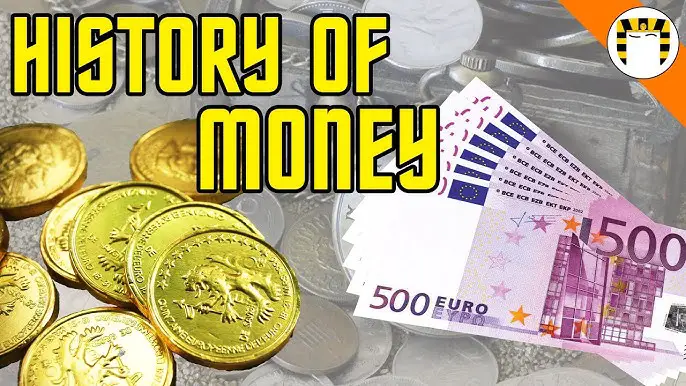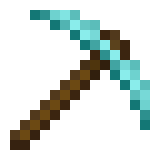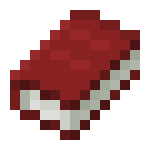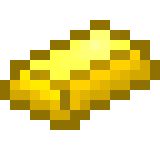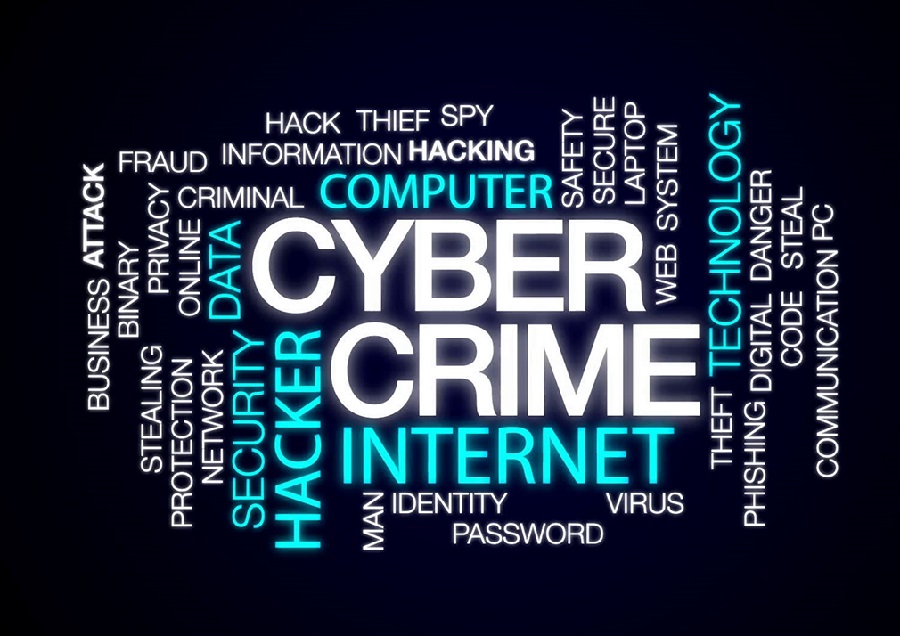Money has undergone and is still undergoing an evolution. This evolution can point to certain “turning points” that can be considered “revolutionary” in the history of money. The first stages of evolution included barter and commodity money. At the very beginning primal people, noticing the need to exchange goods traded goods for goods. Such a solution created a sense of injustice given the fact that goods were indivisible. It was obvious that when an ox was exchanged for a unit of cloth, the person taking the ox was a “winning” party. After the first experiences with barter, the need arose to find a solution that would be an equivalent equivalent of exchange. Commodity money appeared. The goods chosen began to fulfill the function of legal tender (e.g. cattle in the Mediterranean, horses in the steppes of Euro Asia, grains in the Middle East, tea in Southeast Asia, cacao beans in Central America). Other forms of exchange began to develop such as payment objects symbolizing a value and allowing people to save or buy goods (e.g. shells in China, India, Japan, Africa, Asia and Oceania, stone axes in New Guinea and Central Europe, marble discs in the New Hebrides, agates in Borneo or jades in China).
This stage of development produced a more sophisticated form of money, namely metallic money little resembling contemporary cash, although the value was assessed in terms of its weight, not in terms of its denomination as in the case of contemporary money. Pieces of base metal could be used as metallic money: iron, brass or copper and later on precious metals: silver and gold which were weighed (weighted money) and made into bars (counted money). The first stage of development ended with metallic money. The timeline is hard to define. It would be difficult to establish a date when the process of developing money began. Money arose simultaneously with the need to trade, and the need for trade led to its necessity at the beginning of civilization. Even primeval people had no possibility to operate in an autarky, where each individual is able to secure survival and development.
If we want to define the time frame for this stage in general, we have to admit that a Homo sapiens actually benefited from the exchange of goods. Homo sapiens appeared around 100 000 years BC. It came to Europe around 40 000 BC. The stage ends in the 3rd-4th century BC when the Phoenicians developed a new form of money—metal money. A coin played an important role here—a round object with special marks confirming the value of the alloy it was made of. In fact, the coin had an immaterial value at this stage of development. It corresponded to the value of the metal used for its manufacturing. It was some intermediary between barter and nominal value. On the one hand, it constituted the equivalent of the good expressed in metal, on the other hand it was the parity of the nominal value.
This shows that the world of exchange had been functioning for 20 centuries when the first paper money started to appear first in China and later in Europe. The famous banknotes originated from bonds (depository receipts) that jewelers started to issue to owners of gold and silver, which became a surrogate of the metal. Depository receipts were financial assets held in the files of two entities: a goldsmith and the owner of the receipt. The goldsmith was obliged to pay a specific amount of money to the bearer of the document. This is how the next form of money – paper money – was created as people paid their debts with depository receipts.
After some time, goldsmiths became bankers as they started to produce more and more receipts. The receipts were no longer backed with gold or silver – they were offered as loans towards bankers and they bore interest as an additional income for the goldsmith. As a result, the receipts were acknowledged by the State which issued a regulation making these “stamps” a common medium of commercial exchange. A bank was then established for the purposes of issuing banknotes that became legal tender, which put an end to the chaos created when each bank distributed its own banknotes. Money became exchangeable during this period. Paper money was perfect for exchanging it into other money. It had a denomination that reflected its value. Two centuries later the world began to look for more sophisticated solutions using the growing possibilities of the financial system. Banks began to develop activities related to financial operations, payments and settlements of the first deposits that people who had financial surpluses did not want to keep in their homes. That is why, this event was a breakthrough in the evolution of money, although attention should be noted that there was no radical change since non-cash money complemented the existing paper currency (Bylock, 2001).
An equally important moment in the evolution of money occurred when electronic money appeared. This event was strongly connected to the dynamic development of the Internet and the increase in the capacity of electronic communications. Next to traditional paper money, non-cash money, magnetic cards operating in the banking system appeared: credit and charge cards combined into one account that allows a loan on the card as well as debit cards limited by the balance on the account. Electronic money complemented the money system consisting of cash and non-cash money. Currently there is a system of 3 forms of money, each fulfilling a specific role. Paper money seems to be dominant in low-value transactions, while non-cash settlements are dominant in high-value transactions or when it comes to individuals, transactions are carried out with electronic money. Attention should be drawn to the growing popularity of electronic money which is more often used for high-value small transactions.
Read Also:
- Introduction: The Nature Of Money
- The History Of Money
- Demerits / Disadvantages Of Money
- Money: Concept, Functions and Role
- 5 Functions Of Money
- Forms Of Money
- What Is Money
